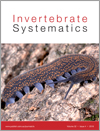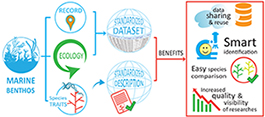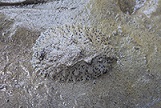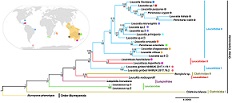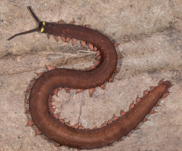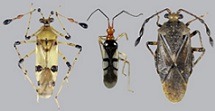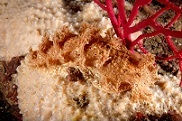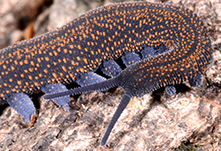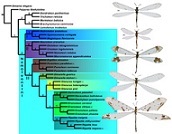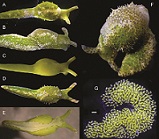IS17075Trigonocephalotrema (Digenea : Haplosplanchnidae), a new genus for trematodes parasitising fishes of two Indo-West Pacific acanthurid genera

The Great Barrier Reef is among the most biodiverse of all marine ecosystems and consequently, much of this diversity remains undocumented. We discovered three new species of parasitic flatworm living in the intestines of Great Barrier Reef fishes. This work highlights the vast number of organisms awaiting discovery in coral reef ecosystems.


